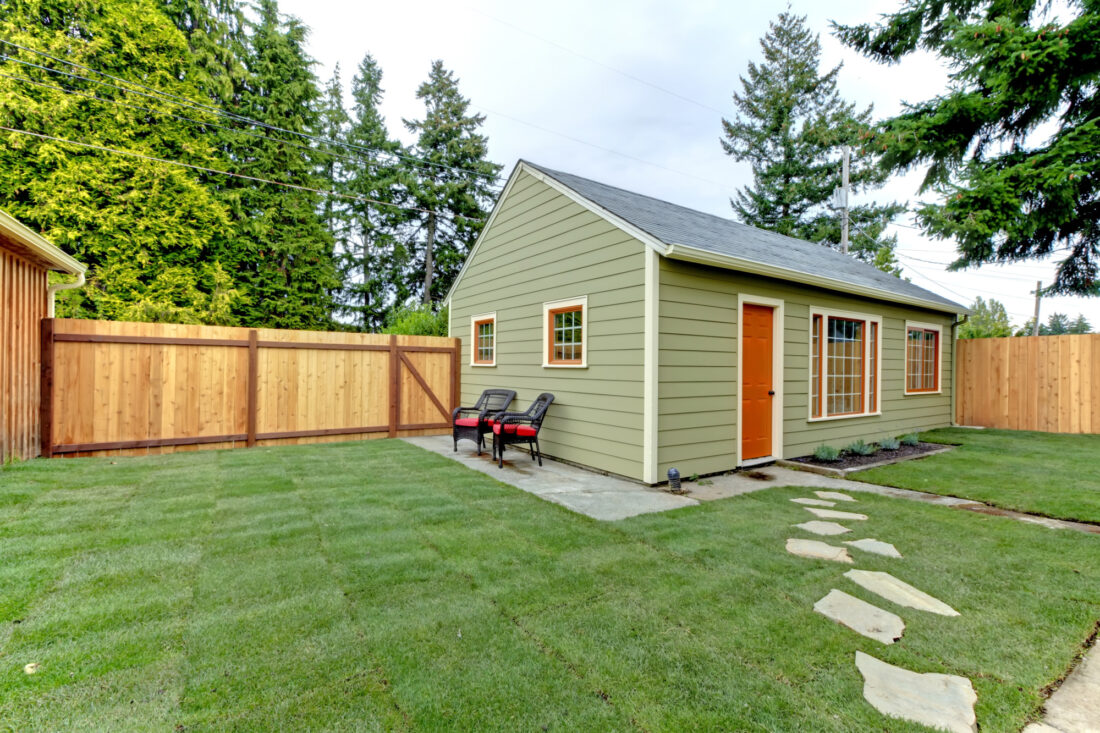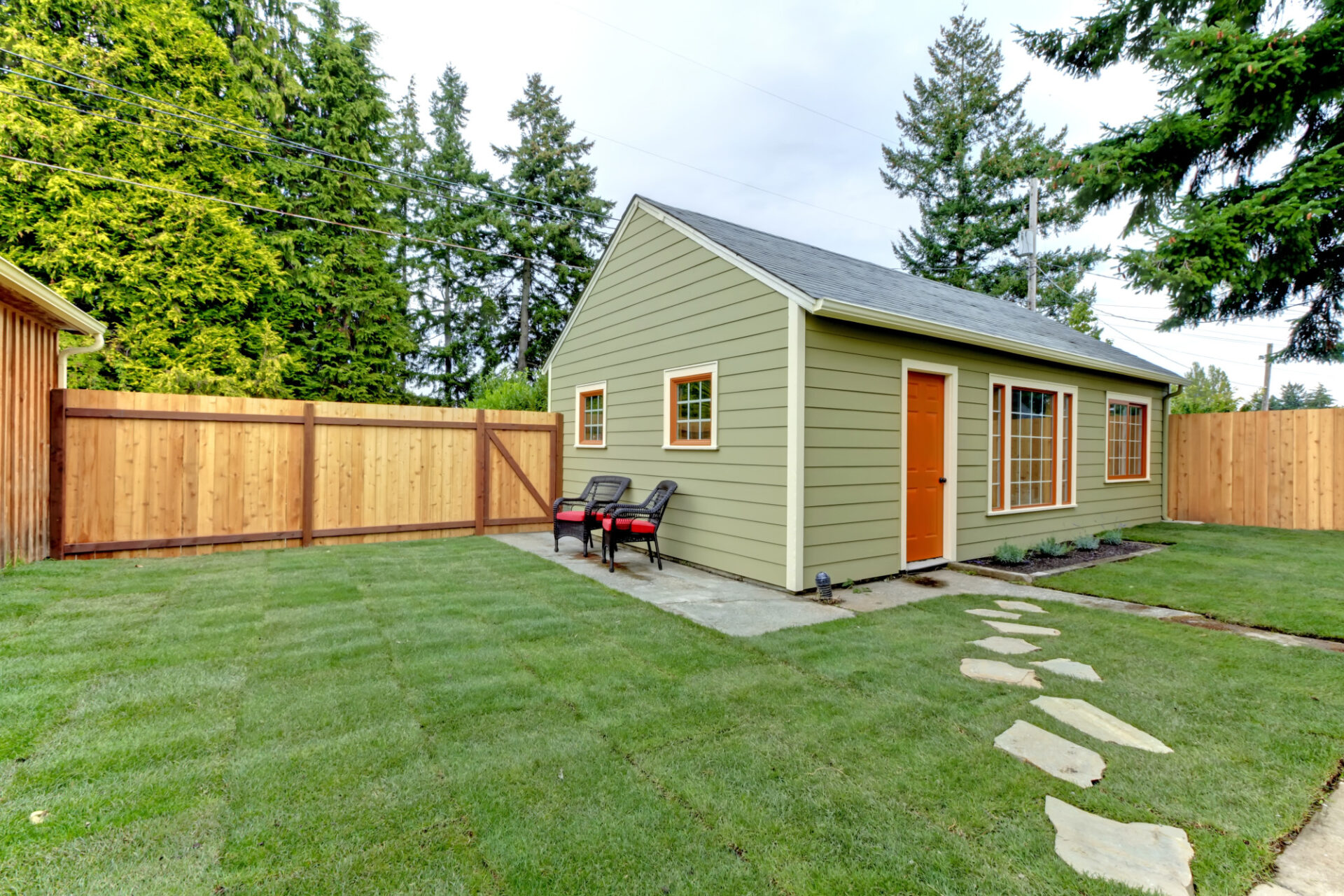 The US is now home to a whopping 1.4 million properties with Accessory Dwelling Units (ADUs). What’s more, first-time listings of ADUs in the nation have shown a growth of 8.6% per year from 2009 to 2019. Experts say these figures will rise further as more states encourage their utility.
The US is now home to a whopping 1.4 million properties with Accessory Dwelling Units (ADUs). What’s more, first-time listings of ADUs in the nation have shown a growth of 8.6% per year from 2009 to 2019. Experts say these figures will rise further as more states encourage their utility.
What is an ADU, exactly, though? Why is it becoming more and more popular among US homeowners? And why should you even consider investing in one yourself?
We’ll serve you the answers to all these questions below, so be sure to keep reading!
What Is an ADU?
Accessory dwelling units also go by the more popular name “granny flats.” You may have also heard of it referred to as “in-law suites” or “second units.” Either way, ADUs are secondary or additional living quarters built on single-family lots.
While it may be “secondary,” ADUs are independent of the primary residence. This means they have their own bedrooms, kitchen (or kitchenettes), plumbing, and bathrooms. An ADU can also be an attached, detached, or interior structure.
ADUs are always smaller than a primary dwelling unit, but they can be as fancy, quaint, or innovative as you want. In fact, as shown in this post by https://actonadu.com/services, ADUs can also serve as “detached” home offices. Either way, these units are highly tailorable to each family’s desires and requirements.
Top Reasons to Start Planning and Building an ADU
An accessory dwelling unit can immediately boost your property value. Having an ADU also allows you to be “guest-ready” at all times, or you can have it converted into a backyard office. If you have elderly loved ones you want to care for, an ADU is an excellent alternative to a nursing home.
On that note, let’s take a closer look at all these benefits of ADUs below.
Incentives Await Homeowners Who Build ADUs
In January 2020, the US housing stock reached an all-time low, dropping by 13.6% from the year before. Experts say this was the steepest decrease compared to those of the four previous years. Even new property listings shrunk by 10.6%.
So, it’s no wonder that more US states are pushing municipalities to incentivize ADUs. After all, considering that ADUs are homes, they help boost community housing supplies. They’re also easier to establish as they cost less to build than a new single-family home.
ADUs also facilitate the better, much more efficient use of existing housing stocks. This, in turn, allows them to help satisfy housing demands.
With all these benefits of ADUs, states, especially California, promote the use of ADUs. For starters, the Golden State offers state grants and financial incentives for ADUs. Some of the state’s cities also run their own programs, such as forgivable loans of up to $40,000.
If you qualify for any of these, then it can make building an ADU even easier on your pockets. So, as early as now, consider speaking to an ADU contractor to find out if your property qualifies.
Keep Your Elderly Loved Ones Nearby
In the US, almost nine in 10 adults 65 years or older wish to age in place. They want to keep living in their own home for as long as they possibly could. They also desire to maintain as much level of independence as they could.
The thing is, it’s not always safe for them, especially if they live alone. Falls are some of the biggest risks they face; one older adult suffers a fall every second, every day in the US.
ADUs provide an excellent way for elderly adults to age in place and retain independence. For instance, an ADU can serve as the living quarters of a live-in nurse or caregiver, this gives them more time focusing on how to write progress notes and spend less time commuting to provide care. A younger family member may also reside in the ADU to help keep watch over their elderly loved ones.
On the other hand, you can have an ADU built in your backyard to serve as your elderly parents’ home. They may be more willing to move into the ADU than to reside in a nursing home. This approach also helps you guys spend more quality family time together.
Boost Your Property’s Value
Since ADUs add square footage to properties, they also help boost property value. For example, a study in 2012 found that ADUs contributed between 25% and 34% to a property’s assessed value. Moreover, homes with an ADU saw a 51% uptick in their resale value.
Now, keep in mind that this was almost a decade ago, and ADUs have become more popular since then. So much so that in the first quarter of 2019, one in five remodeling projects involved an ADU conversion. That’s on top of the 18% of projects that created an ADU as a result of a home addition.
This rise in the popularity of ADUs will likely enhance property valuations further. So, if you’re planning a home improvement project, consider an ADU as a solid investment.
An Awesome Way to Earn Passive Income
An ADU isn’t only one of the best ways to increase property value; it’s also a great way to earn extra income. So long as you have a legal ADU on your property, you can rent it out to short- or long-term tenants.
In fact, US rental listings with ADUs have jumped from 1.8% in 2003 to 4.1% in 2019. There were also at least 8,000 ADU rentals leased in 2019.
So, if you’re looking for a way to boost property value and earn passive income, consider an ADU.
Bring the Best Out of Your Home With an ADU
There you have it, the ultimate guide that answers your question, “what is an ADU?” Now that you know what it is and the benefits it can bring, it’s time to consider having one built on your property. Just be sure to speak to a local ADU contractor to ensure that your addition will meet building and zoning laws.
Ready for more home improvement or interior design ideas? Then please feel free to stay and browse as many of our other guides as you want!
